Have you ever heard the term “onmyoji”? It often appears in popular games, dramas, and movies, but onmyoji were actually real historical figures in ancient Japan who once held significant political influence. What exactly was the role of an onmyoji? And when researching onmyoji, you will inevitably come across the name Abe no Seimei. Who was Abe no Seimei? This time, we’ll introduce you to the lesser-known world of onmyoji and the legendary figure of Abe no Seimei.
What is an Onmyoji?
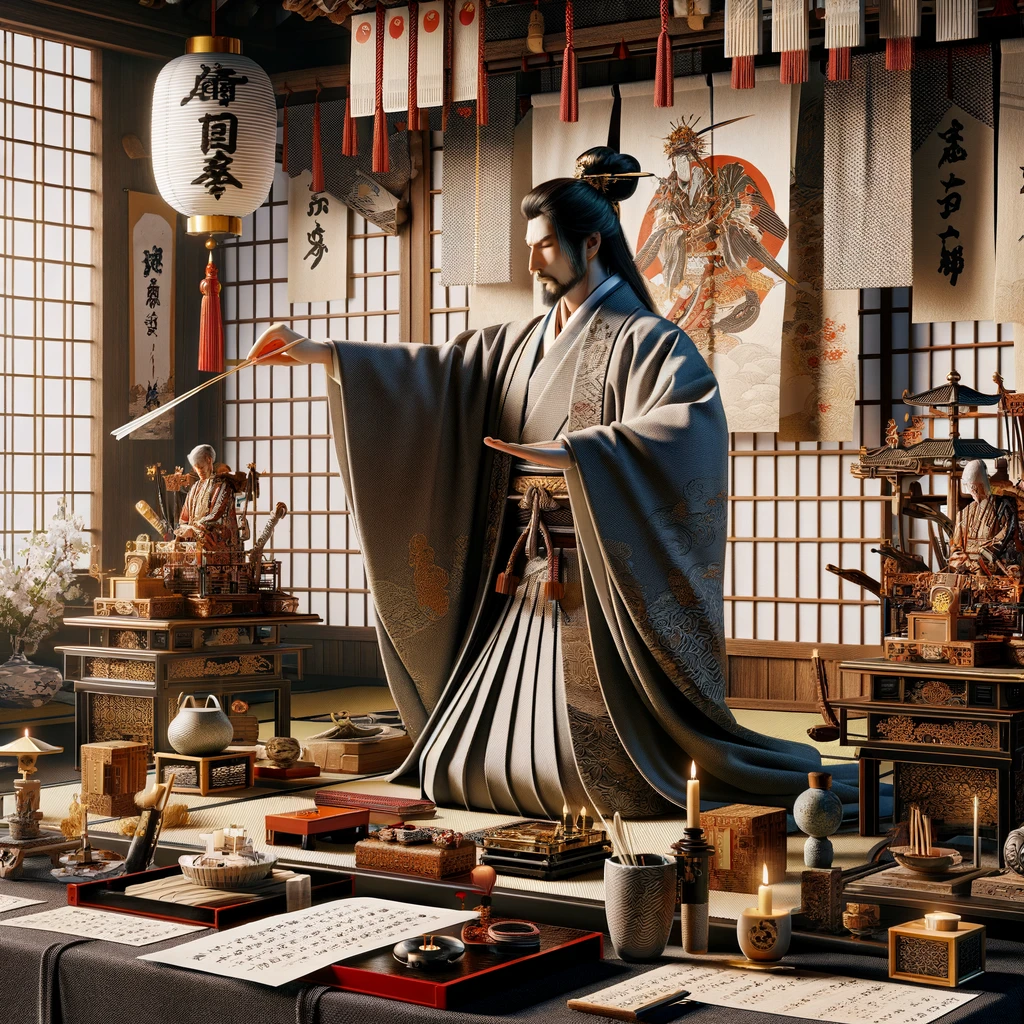
An onmyoji was an official position established under the ritsuryo system in ancient Japan, belonging to the Bureau of Onmyo within the Ministry of Central Affairs. These specialists used the principles of Onmyodo, a system based on the yin-yang and five elements theory, to perform divinations, prophecies, and geomantic assessments. Onmyoji were responsible for understanding natural phenomena and fate, using their divination skills to guide important decisions in both public and private life.
As Japan transitioned into the medieval and early modern periods, the role of onmyoji expanded beyond the bureaucratic system into the private sector. They became involved in activities related to folk beliefs, such as prayers, divinations, exorcisms, and dealing with vengeful spirits. In this way, onmyoji combined academic knowledge and divination skills to investigate various phenomena and offer solutions.
One of the reasons onmyoji are still well-known today is due to the legendary figure Abe no Seimei, who is considered one of the most outstanding onmyoji in history. Renowned for his exceptional abilities, Abe no Seimei’s legends and stories remain popular to this day. He was believed to possess various mystical powers in addition to his mastery of Onmyodo, and his persona and achievements have influenced literature, art, and pop culture.
The Philosophy of Onmyoji
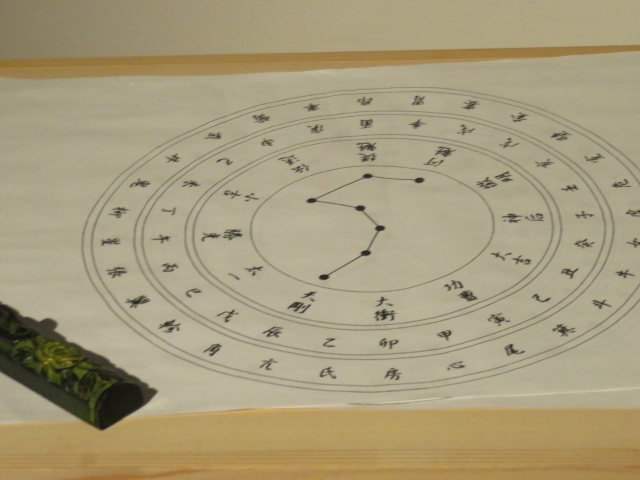
The philosophy of onmyoji is deeply rooted in the Chinese-derived concepts of Yin-Yang and the Five Elements (Wu Xing). This philosophy seeks to explain all phenomena in the universe, nature, and human society through the theories of Yin and Yang and the Five Elements. The Yin-Yang theory posits that all things and phenomena are the result of the interaction of two opposing principles: Yin and Yang. These two principles are believed to maintain the harmony of the world through their balance. Meanwhile, the Five Elements theory asserts that the five fundamental elements—Wood, Fire, Earth, Metal, and Water—are the basic components of all matter, and their interactions cause change and development.
In the Yin-Yang and Five Elements philosophy, these five elements are further divided into Yin and Yang, resulting in ten types: “Jia” (Wood Yang), “Yi” (Wood Yin), “Bing” (Fire Yang), “Ding” (Fire Yin), “Wu” (Earth Yang), “Ji” (Earth Yin), “Geng” (Metal Yang), “Xin” (Metal Yin), “Ren” (Water Yang), and “Gui” (Water Yin). These are known as the “Ten Heavenly Stems” (Jikkan), which have been used in Japan as a system for counting days since ancient times.
However, Onmyodo in Japan did not merely adopt these Chinese philosophies. It also integrated elements of Japanese religion, philosophy, and science, developing in a unique manner. Onmyodo absorbed teachings from Buddhism, Taoism, Shintoism, and Shugendo, and also connected deeply with astronomy, calendrical science, divination, and horology. By combining these disciplines and beliefs, onmyoji provided knowledge to predict natural phenomena, avoid epidemics and disasters, and protect people’s lives.
Abe no Seimei, the legendary onmyoji of the Heian period, used his knowledge of Onmyodo to perform many miraculous deeds, such as bringing rain to end famine and curing illnesses. The philosophy of onmyoji not only involved divination and prayers but also significantly influenced the lives, culture, and science of the people at that time.
The History of Onmyoji

The Beginnings of Onmyoji
The history of onmyoji dates back to the Asuka period, rooted in the Yin-Yang and Five Elements philosophy introduced from the Chinese mainland. Initially, the impact of this philosophy in Japan was limited, but it began to gain significant influence when Gwalleuk, a monk from Baekje, taught astronomy and Yin-Yang and Five Elements philosophy to Prince Shotoku and other officials in 602. Subsequently, this philosophy was incorporated into Japan’s calendrical systems, bureaucratic structure, and laws. In 607, Japan sent envoys to Sui China to seek further knowledge.
The term “onmyoji” began to be officially used around 685, and the establishment of the Bureau of Onmyo (Onmyoryo) was formalized by the Yoro Code in 718. In this bureau, onmyoji were appointed as official positions responsible for creating calendars, determining directions, performing rituals, and conducting divinations. Initially, separate practitioners known as jugonshi handled Taoist medical practices, but by the 8th century, these roles were integrated, and onmyoji assumed all these responsibilities.
The Flourishing of Onmyoji in the Heian Period
During the Heian period, onmyoji played significant roles in the court and aristocratic society, particularly during epidemics, where they were tasked with expelling evil spirits. By the late Heian period, the Kamo and Abe clans dominated Onmyodo practices. Abe no Seimei, a legendary onmyoji from this era, was deified and became the subject of many legends.
In the Kamakura period, many onmyoji emerged from the Kamo and Abe lineages, and by the Muromachi period, their influence had spread throughout Japan. During this time, the “Kamakura Onmyoji” gained prominence, performing activities around the Kamakura Shogunate, rivaling the influence in Kyoto. Thus, Onmyodo practices permeated samurai society.
Onmyoji in the Edo Period
Although many associate onmyoji with the Heian period, they were most active during the Edo period. However, their roles differed from popular imagination; Edo-period onmyoji traveled through cities and rural areas, performing divinations and exorcisms for both the nobility and commoners. Some, like Tsuchimikado Yasukuni, a descendant of Abe no Seimei, were also involved in astronomy and kokugaku (national studies), influencing Japanese scholarship and thought.
With the onset of the Meiji era, onmyoji suddenly vanished due to the “Abolition of Onmyodo” decree, which disbanded the Bureau of Onmyo and stripped many onmyoji of their positions. Nevertheless, from the late Meiji to Taisho periods, scholars like Orikuchi Shinobu rekindled academic interest in Onmyodo. The anti-modernist movements of the 1970s further revived interest in Onmyodo, contributing to the modern fascination with onmyoji and the enduring popularity of Abe no Seimei.
Who Was the Genius Onmyoji Abe no Seimei?
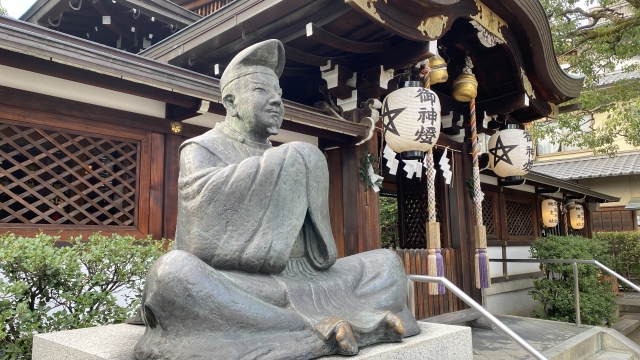
Abe no Seimei is the most famous onmyoji of the Heian period, and his name has been passed down to many people even today. His legend as an onmyoji goes beyond that of a mere fortune teller or exorcist; he is known for his influence on politics and culture.
Abe no Seimei’s success can be attributed to his extensive knowledge and talent in the areas of divination and magic. From the Asuka to the Nara periods, onmyoji primarily dealt with feng shui, prayers, and interpreting divine will. Seimei excelled in these fields, and his fame gradually increased, reaching its peak during the Heian period.
One of the key factors in Abe no Seimei’s rise to prominence was his mentor, Kamo no Tadayuki. Kamo no Tadayuki went beyond his role as a calendar maker, mastering astronomy, calendrical science, and onmyodo, and laying the foundation for the Kamo family of onmyoji. Abe no Seimei, who studied directly under Tadayuki, was recognized for his talents from a young age and learned all aspects of onmyodo.
Abe no Seimei’s life is filled with numerous anecdotes, one of the most famous being an episode from his childhood where he sensed the presence of a demon and informed Kamo no Tadayuki. This event is considered evidence of his ability to perceive supernatural beings. As he grew older, Seimei used this ability to gain the trust of many nobles, successfully performing numerous prayers, exorcisms, and spirit banishments.
His extraordinary skills and achievements have made Abe no Seimei a legendary figure, and his stories continue to captivate people to this day.
The Legends of Abe no Seimei
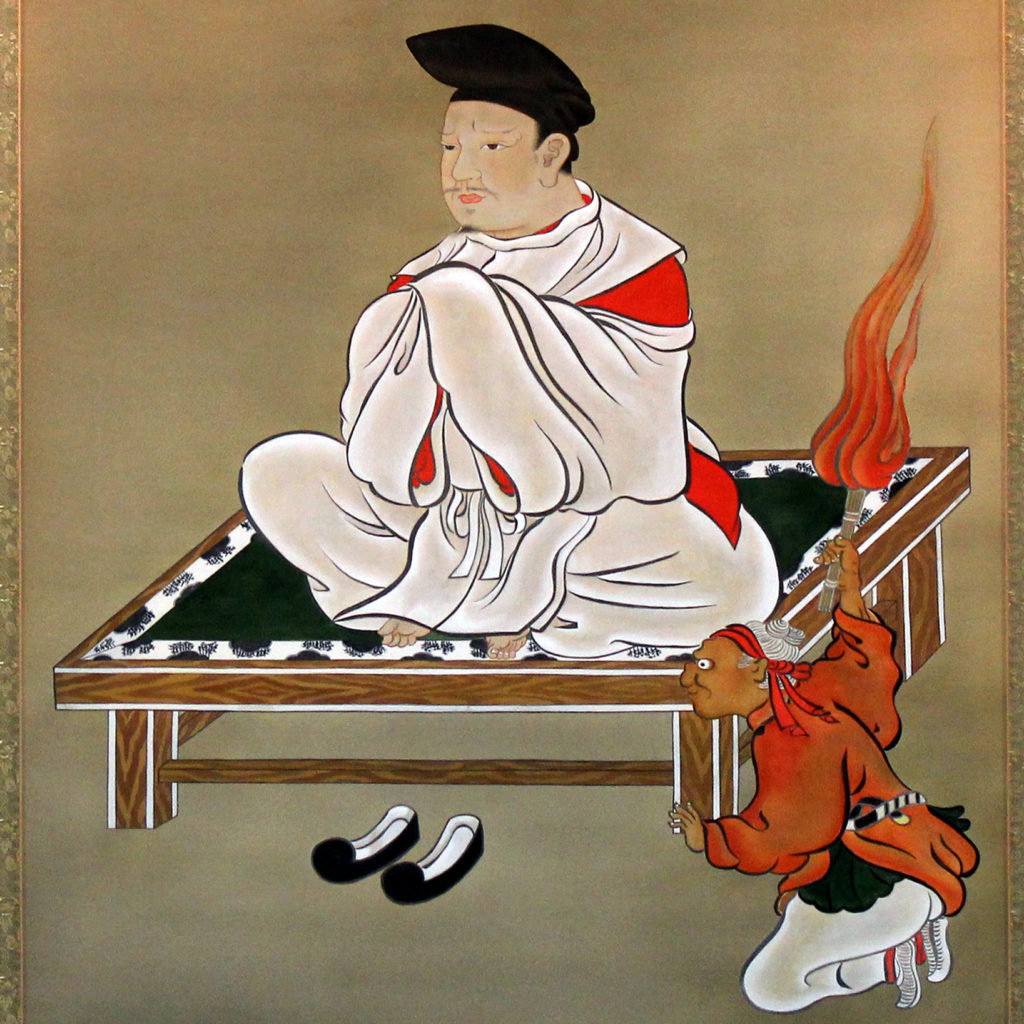
Let’s explore the various legends that Abe no Seimei left behind. Here are ten stories about his remarkable life.
1. Abe no Seimei and Watanabe no Tsuna
Once, during the mid-Heian period in Kyoto, there was a brave warrior named Watanabe no Tsuna. One fine day, while standing by the Ichijo Modoribashi Bridge, he was approached by a stunningly beautiful woman who asked him to escort her.
As they walked, the woman suddenly transformed into a fearsome demon. She snatched Tsuna’s hairpin and soared into the sky. However, Tsuna reacted quickly, cutting off the demon’s arm before she fled to Mount Atago.
In confusion, Tsuna sought the wisdom of Abe no Seimei. Seimei advised Tsuna to perform purification rituals and suppress the power contained in the severed arm.
Later, the demon returned to reclaim her arm, but following Seimei’s advice, Tsuna successfully avoided the demon’s threat.
2. Advice to a Monk
At Mii-dera, a venerable temple in Shiga Prefecture, there was a high monk named Chiko, who was greatly respected for his wisdom and compassion. One day, Chiko fell gravely ill, and his life seemed to be slipping away.
Abe no Seimei, renowned for his knowledge and skills, rushed to the temple. He addressed the gathered people, asking if anyone would be willing to sacrifice themselves to save Chiko. Chiko’s disciple, Shoko, stepped forward and declared, “I will take my master’s place.”
Using the ancient Chinese ritual of Taizan Fukun, Seimei attempted to transfer Shoko’s life to Chiko. Taizan Fukun is a deity associated with the afterlife and the boundary between life and death. Through this solemn ceremony, Chiko began to recover, but Shoko experienced severe pain.
Shoko, who had a deep faith in Fudo Myo-o (Acala), believed that his devotion would protect him. Miraculously, both Chiko and Shoko survived, and this event became a legend passed down through generations.
3. An Elderly Monk Becomes a Disciple
One day, an elderly monk visited Abe no Seimei’s residence, accompanied by a small child about ten years old. The monk expressed his desire to study Onmyodo under Seimei but had a hidden secret. The monk possessed the ability to control shikigami (summoned spirits).
Seimei saw through this secret and cleverly concealed the monk’s shikigami. When the monk questioned why Seimei hid his possessions, Seimei calmly replied, “You tried to test me.”
The monk was astonished and deeply moved by Seimei’s response. Praising Seimei’s greatness as an onmyoji, the monk requested to become his disciple. Thus, the elderly monk learned the profound knowledge and mysteries of Onmyodo from Seimei, and a deep bond beyond that of teacher and student was formed.
4. Curing the Emperor’s Mysterious Headache
Once, during the Heian period, there was an emperor known as Emperor Kazan. He suffered from incessant headaches, and no matter which physician treated him, the pain would not subside.
Abe no Seimei, known for his wisdom and power, was summoned. Seimei sat quietly beside the emperor and discerned the root of the illness. “Your Majesty, your headache stems from your previous life. In your past life, you were a revered ascetic, but your remains are trapped between rocks on a certain mountain, unable to find peace.”
Following Seimei’s instructions, messengers were sent to retrieve the skull from the mountain and perform proper rites. As soon as the ritual was completed, the emperor’s headache vanished as if a curse had been lifted.
5. Shikigami and Frogs
One day, Abe no Seimei was having a profound conversation with a high-ranking priest in Kyoto’s Hirogawa. A noble approached and questioned Seimei about his powers as an onmyoji, asking if he could make someone disappear from this world.
Seimei replied calmly, “One who does not understand the art of giving life should not easily take it away.” The noble persisted, challenging Seimei to kill a frog with his powers.
Seimei picked up a blade of grass, threw it into the air, and as it landed, a frog on the ground was mysteriously and silently flattened. This demonstration left everyone astonished.
6. A Prophecy
There was once a young emperor known as Emperor Kazan, who fell deeply in love with a beautiful woman from the Ono family. They shared a profound love, but their happiness was short-lived as the empress suddenly passed away, plunging the emperor into deep sorrow.
Overwhelmed by grief, Emperor Kazan felt the futility of his position and decided to abdicate and become a monk after just two years on the throne.
On the night of his abdication, Abe no Seimei observed the stars. The light of the North Star formed a mysterious pattern, a sign of impending change. Seimei quietly declared, “The emperor will abdicate.” This news quickly spread, and people were moved by the great change.
7. Ashiya Doman
In ancient times, the powerful noble Fujiwara no Michinaga built Horyu-ji with great reverence. His faithful white dog always accompanied him on his visits. One day, the dog began to act strangely, blocking the temple gate and refusing to let Michinaga pass.
Sensing something amiss, Michinaga summoned Abe no Seimei to investigate. Through prayers and divination, Seimei discovered that an evil curse had been placed on the path to the gate.
Digging up the area, they found an earthenware jar buried with a curse. Further investigation revealed that the curse was the work of another famous onmyoji, Ashiya Doman.
8. Poison in the Nails
Once, during a period of seclusion, Fujiwara no Michinaga was served by four renowned individuals: a high priest, the onmyoji Abe no Seimei, the famous physician Tanba no Tadaaki, and the brave warrior Minamoto no Yoshiie. One day, early melons were presented to Michinaga from Nara, much to his delight.
However, Seimei divined that one of the melons was poisoned. The high priest performed deep prayers, causing the melons to sway. This revealed the poisoned melon, which Tadaaki skillfully pierced with a needle to extract the poison.
Finally, Yoshiie sliced the melon in half, revealing a coiled snake inside. Remarkably, Tadaaki’s needle had precisely pierced the snake’s eye.
9. The Duel with Ashiya Doman
In ancient Kyoto, two famous onmyoji, Ashiya Doman and Abe no Seimei, competed to determine who had superior divination skills. The challenge involved a container with 16 summer oranges. The winner would be the one who accurately identified the contents.
Confidently, Doman declared the contents to be summer oranges. Seimei, however, quietly stated that the container held 16 mice. When the container was opened, the oranges had transformed into mice, proving Seimei’s superior abilities.
10. A Fox for a Mother
In the depths of Shinoda Forest, a white fox lived. One day, this fox was saved by a human named Abe no Yasuna. Grateful, the fox transformed into a beautiful woman named Kuzunoha and approached Yasuna.
Kuzunoha and Yasuna fell in love and had a son named Dojinojo. Their happiness seemed boundless until the day when Yasuna discovered Kuzunoha’s true identity. Heartbroken, Kuzunoha revealed everything to Yasuna before returning to the forest.
Their son, Dojinojo, would grow up to be the legendary onmyoji, Abe no Seimei.
Abe no Seimei’s Cause of Death
Abe no Seimei, who left behind many legends, also lived a remarkably long life. In an era when the average lifespan was 40-50 years, Seimei lived to be 86, continuing his work as an onmyoji until his death. Surprisingly, no records or documents detail the cause of his death, leaving it a mystery.
One theory suggests that Seimei’s longevity was due to his supernatural heritage. His mother was said to be a fox spirit from Shinoda Forest, who fell in love with his father, Abe no Yasuna, after he saved her life. Fox spirits are believed to live for a thousand years, and Seimei may have inherited this longevity from his mother’s side.
Summary
How did you find this overview of onmyoji and the legendary Abe no Seimei? It is surprising to learn that onmyoji played important roles in Japan until the Meiji period. The legendary stories of Abe no Seimei are equally fascinating and remarkable.
This site covers various interesting aspects of Japanese history and culture beyond onmyoji. If you are interested, please check out our other articles!



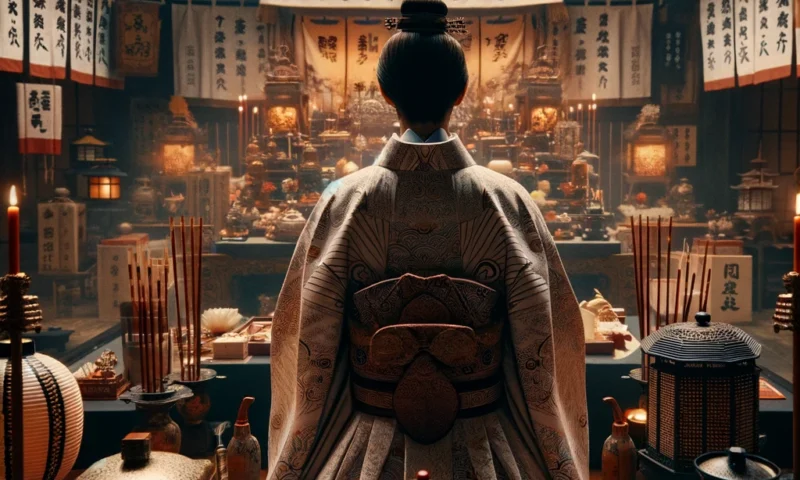


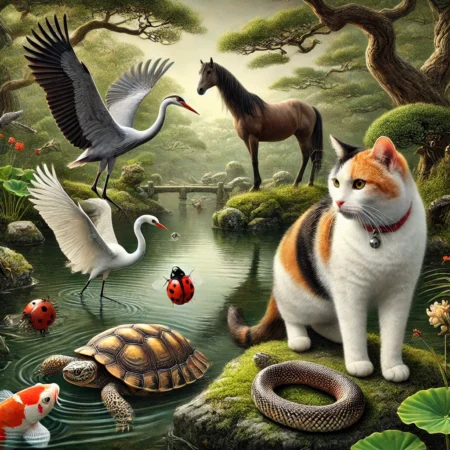
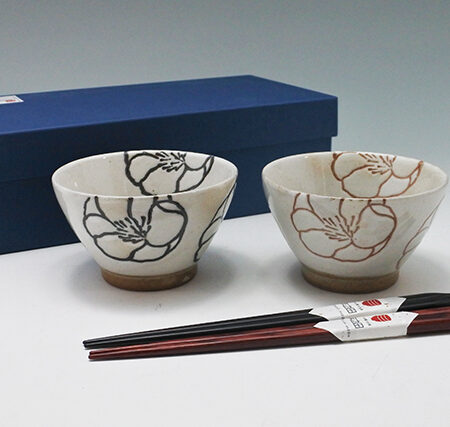
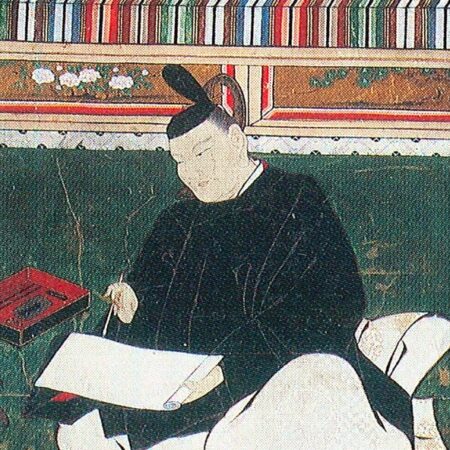
コメント